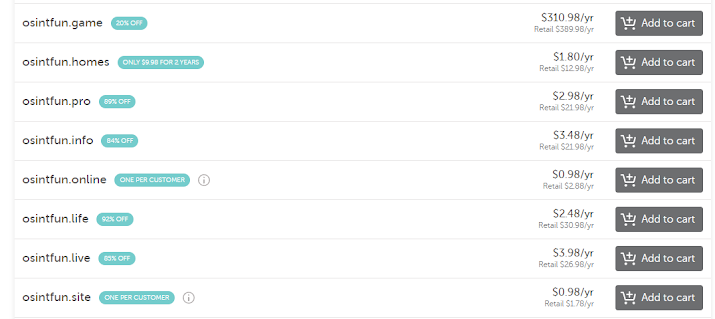A Quick Look Inside Data Stealer Logs
Organizations adjust to changing tactics. This includes both
legitimate businesses and criminal enterprises. One example is ransomware.
Years ago, ransomware was about holding people’s data hostage unless they paid
to get it back. While that is, unfortunately, still an effective business
model, some businesses got better at protecting their backups and being able to
recover their data without paying the ransom. Once this happened more
frequently, ransomware operators needed to adjust their tactics slightly. This
adjustment was stealing a copy of an organization’s data for themselves and
threatening to release it publicly on the dark web if the ransom was not paid.
This caused some businesses that could recover their data to pay the ransom
still to avoid sensitive data being released publicly.
Botnets have been around the internet for a long time. A
botnet is where a hacker places malware on many systems to gain control of
these systems and use them for various purposes, including denial of service
(DoS) attacks against websites, video game players, etc. Recently, these
botnets have started to use their access to generate data stealer logs, which
are being used extensively in the criminal underground.
A data stealer is malware designed to steal sensitive
information from an infected computer or network. This information can include
login credentials, financial data, and other personal information. Data stealer
logs refer to the records created when a data stealer is active on a system.
The information in data stealer logs can vary depending on
the specific malware. However, it typically includes details such as websites
that a system visits and the credentials they use to access those sites. This
is why data stealer logs are becoming so popular on the criminal underground.
It’s not the fact that someone is capturing information from 1,000 systems,
it’s that one of those 1,000 systems is owned by an employee at a Fortune 500
company, and the credentials they use to access their work network just got captured
by the attacker. For years attackers (and pen-testers) have used credentials
from breach data to attempt to access their employer’s network in hopes that
some users have reused their passwords. These data stealer logs can be even
more effective since the access credentials are captured in real-time.
As more people are becoming interested in data stealer logs, I wanted to write a blog post showing what these logs look like. These logs contain
current data (January 2023), so I will do my best to censor sensitive
information.
In the image below, you can see that these logs are
organized by the system they were acquired from and the data of their
acquisition.
Looking inside the folders, you see a variety of different
files, including:
Screenshots of the system:
Passwords:
Browser Autofill:
In the “FileGrabber” subfolders, there are a variety of gathered documents from the systems:
For an attacker, the information in these logs can lead to easy and
immediate access to these users’ email accounts, PayPal accounts, online
banking information, and potentially their employer. Two-factor authentication may help protect
some sites depending on how it's implemented. Still, with this access, a
determined attacker might be able to intercept the message (for instance, if it’s
a code sent to the user’s email) or potentially use this access to pivot to the
user’s mobile device for SMS intercept.
The screenshots in this blog post showcase the alarming
capabilities of malware data stealers. They can infiltrate systems undetected
and exfiltrate sensitive information without the user realizing it. This is an
excellent reminder for individuals to use two-factor authentication, such as
Google Authenticator. For enterprises, it may be worth considering monitoring
these logs to get alerted if credentials to your network appear in them.







Comments
Post a Comment